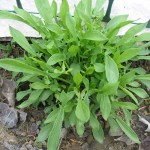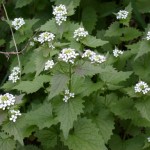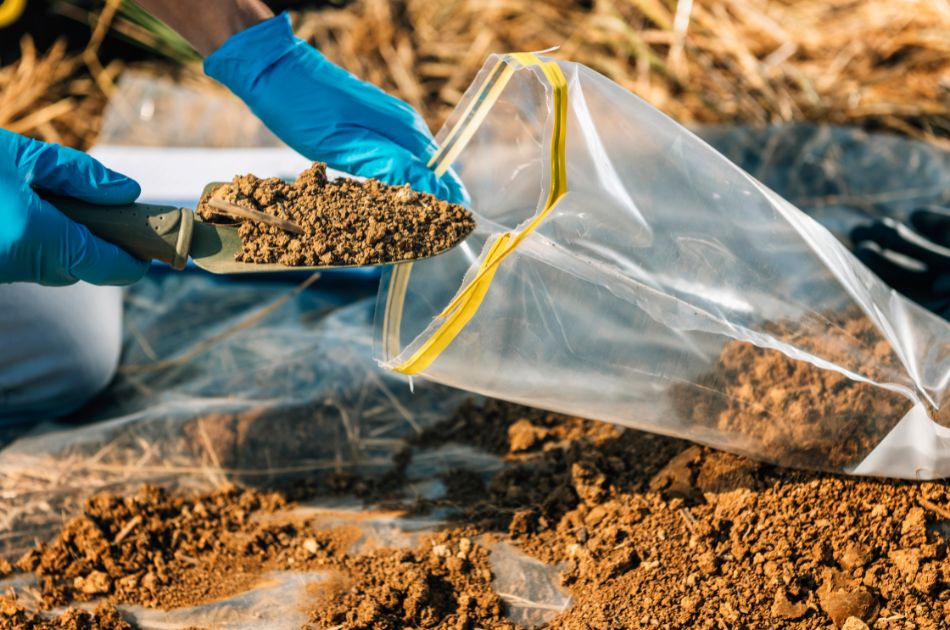Whether or not the grass is greener on the other side of the fence, sometimes the turf used in lawns is interspersed with weeds no matter the lawn’s hue.
When these weeds pop up on your lawn, your first thought may be to reach for chemicals to kill them. But what if you want to control the weeds a bit more naturally?
In this article, we will go over:
- what you need to know about lawn weeds,
- some common weeds you might spot on your New Jersey or Pennsylvania property,
- what weeds are telling you about your soil,
- and the importance of a soil test.
Dandelions: Don’t Shoot the Messengers
Lawn weeds are indicators of soil conditions, nutrient problems, and poor cultural practices. If you look closely, there are likely many different species of weeds that are now actively growing in your lawn, each telling you something specific/different.
Creating proper soil conditions will resolve most of your weed issues.
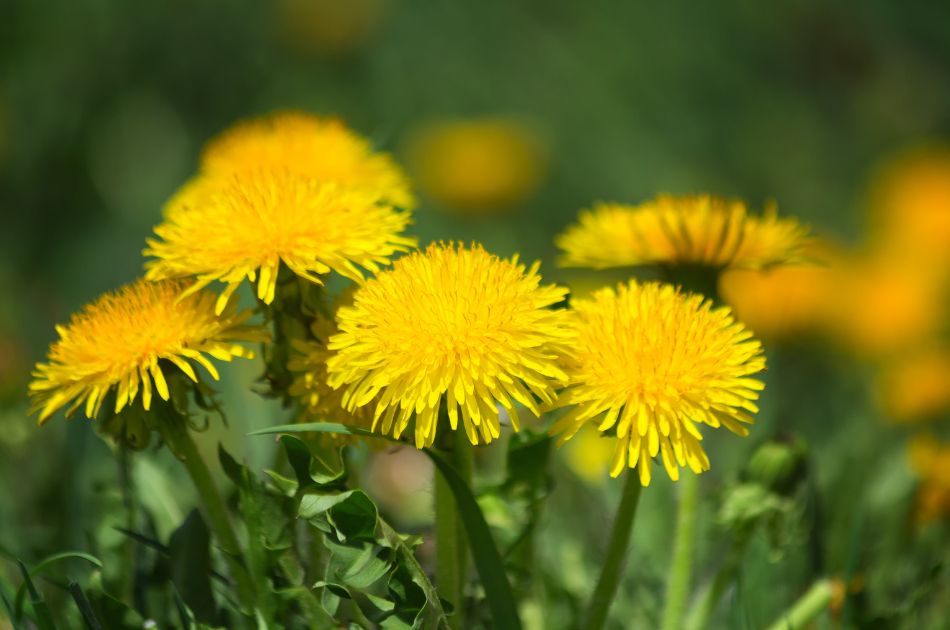
Dandelions, for example, are a sign of heavy, acidic soil or low lime. They’re known as “nutrient accumulators” for their ability to bring minerals up from deeper soil layers that may be lacking at the surface.
Canadian Thistle is another weed, that left alone, can grow a tap root that reaches 5-10 feet deep.

White clover, now considered by many to be an undesirable weed, was for decades a deliberate addition to lawn seed blends. As a legume, clover has a beneficial, symbiotic role in maintaining a naturally healthy lawn.  Not only is it a tremendous nectar source for pollinators, but it also takes nitrogen from the air and fixes it in the soil, cutting down on the amount of fertilizer that you need to add annually.
Not only is it a tremendous nectar source for pollinators, but it also takes nitrogen from the air and fixes it in the soil, cutting down on the amount of fertilizer that you need to add annually.
New innovative, eco-friendly grass blends that include 5-15% micro-clover seeds are becoming available here in the US, with wide success in Europe.
To reduce large stands of clover, provide your lawn with additional nitrogen.
Learn more about clover and whether you should encourage it in your lawn in this blog post >>
What Weeds Are Telling You About Your Soil
All of the weeds above are growing in your lawn because there’s something wrong – and usually, the problem is with your soil.
pH, which ranges from 0 to 14 (with 7 being neutral) plays an important role in helping to grow grass versus weeds. Our cool season grasses prefer a slightly more acidic soil in the range between 6.4-6.8.
Acidic conditions below 6.4 favor weeds such as Sheep sorrel, mosses, cinquefoils, and nettles (pictured above), to name just a few.
Alkaline soils, on the other hand, invite Broadleaf Plantain and white garlic mustard.
Other soil problems have to do with nutrient deficiencies and imbalances that affect soil structure, nutrient availability and aeration, leading to optimum growing conditions for weeds, but not for your lawn grass.
How healthy soil equals healthy plants >>
Correcting the Problem
A properly gathered and analyzed soil sample will provide essential information about the nutrient levels, proportionate ratios, Cation Exchange Capacity (CEC), pH, and organic matter percentage in your lawn. Correcting nutrient deficiencies and imbalances can improve soil structure, nutrient availability and aeration.
For example, an imbalance of magnesium in relation to calcium can cause soil particles to stick together and become tight. This may be desirable in sandy soils, but will lead to anaerobic, low oxygen conditions in the heavy clay soils in our area. Calcium causes soil particles to move apart, which provides more oxygen for healthy soil biology.
Amending imbalances with organic minerals provides slower releasing, longer lasting results than with synthetic fixes, which easily leach into our lakes and rivers.
A vast monoculture of manicured grass is not a normal occurrence in nature, but can be accomplished organically with a few simple steps, that all start from the ground up. Try to start looking at your weeds a little differently and listen to the messages they’re sending you.
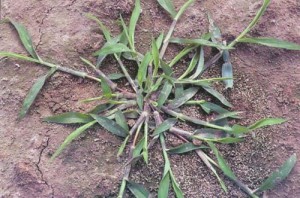
Crabgrass moves into bare soil areas and tight compacted spots, like the edges of driveways and walkways.
Before reaching for the nasty bottle of Round Up (glyphosate) or toxic herbicide, have us out to walk your property together. We can take a quality soil sample and provide you with a safe, natural, organic program to develop a lush lawn that you can feel good about.
Learn more about our weed control programs >>
Call us at 908-309-6611 for help with your lawn. Or Request an Estimate online.
To learn how some simple changes in your cultural practices can eliminate a myriad of weed problems, like the hated crabgrass, see Part 2 of Controlling Lawn Weeds Organically.
GET THE LATEST NEWS
Subscribe to the Organic Plant Care Newsletter and get timely and helpful tips and updates monthly.
There's no spam - we promise!


